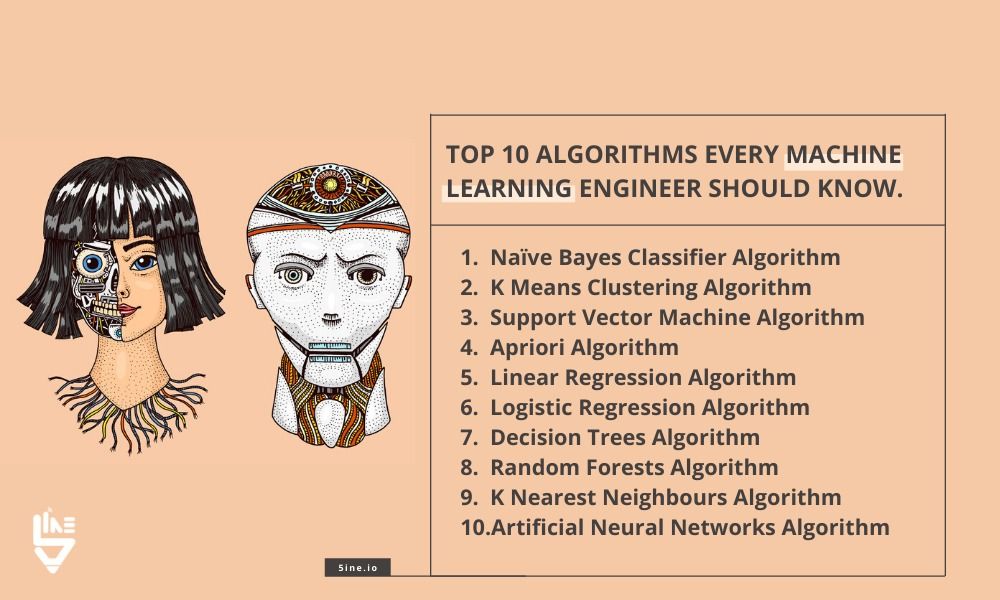
Every year, 2 million black hole mergers are missed — Australian scientists work out how to detect them, revealing a lost 8 billion light-years of Universe evolution.
Last year, the Advanced LIGO –VIRGO gravitational-wave detector network recorded data from 35 merging black holes and neutron stars. A great result — but what did they miss? According to Dr. Rory Smith from the ARC Centre of Excellence in Gravitational Wave Discovery at Monash University in Australia — it’s likely there are another 2 million gravitational wave events from merging black holes, “a pair of merging black holes every 200 seconds and a pair of merging neutron stars every 15 seconds” that scientists are not picking up.
Dr. Smith and his colleagues, also at Monash University, have developed a method to detect the presence of these weak or “background” events that to date have gone unnoticed, without having to detect each one individually. The method — which is currently being test driven by the LIGO community — “means that we may be able to look more than 8 billion light-years further than we are currently observing,” Dr. Smith said.


















